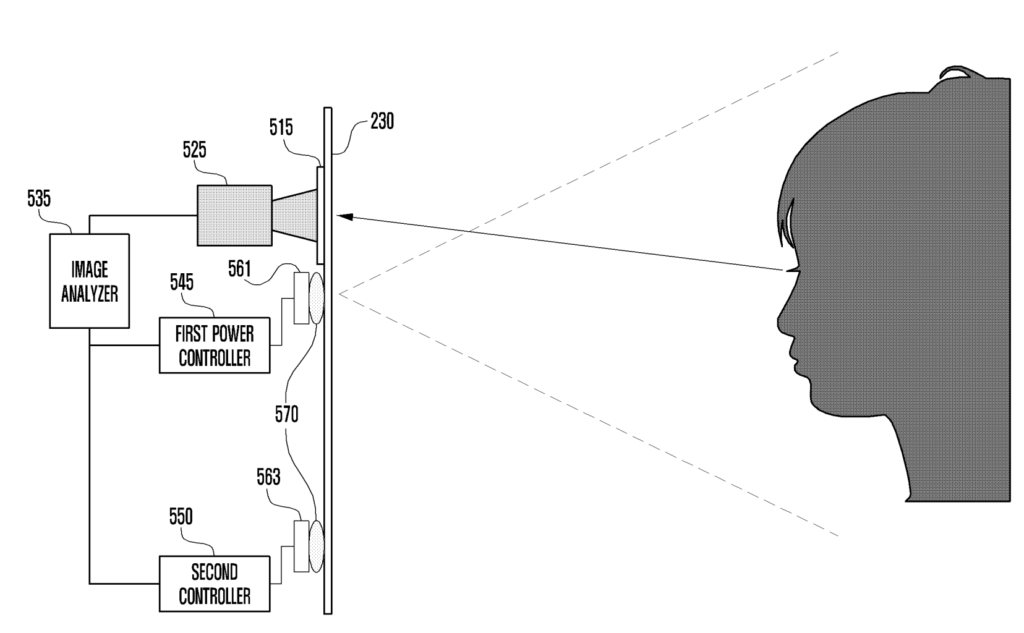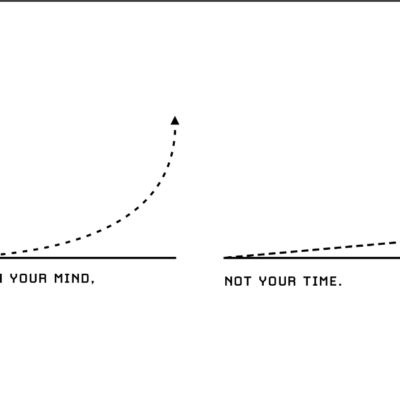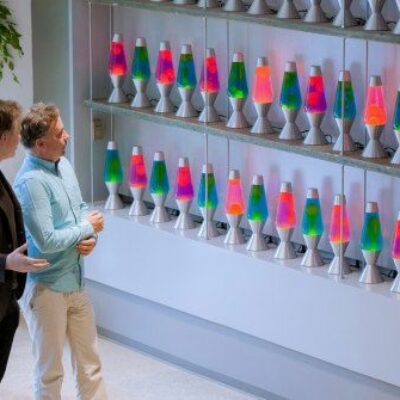It has already been a while since mobile phones started recognizing your face to unlock and even authenticate payments.
It didn’t take long for tinkerers, however, to discover ways to fool these face recognition algorithms, for example, using 3D masks.
After 5 years, phone manufacturers say face recognition is still prone to spoofing and less secure than a password.
The underlying problem is that the phones still have no way to be entirely sure whether they are seeing an actual face, or a mimicry of it, such as a high-resolution photo, video, or mask.
Tech giants such as Samsung are trying hard to make the process less error prone. The key lies in detecting “liveliness.” This means detecting if the image is coming from an actual face or not.
Apple has used 3D scanning in its sensors. 3D scanners can distinguish real faces from photo and video can still be fooled by 3D masks.
Samsung’s new technique
Samsung is now developing a new technique that also takes into account the light reflected from the eyes of a person. Let’s see how it will work.
This new technique is based on the red eye effect – which you must already be familiar with. In flash photography, your eyes often appear red in the photo due to the light reflecting off your retina.
A patent application filed by Samsung a few months back to the USPTO shows how Samsung phones may use multiple under-display LEDs (561 and 563 in drawing below) to illuminate the face during face authentication.

The light emitted by these LEDs will be infrared, and thus invisible to the user.
The phone will then analyze the images for presence of the red eye effect – to make sure that reflection from a real eye is visible.
Now an obvious question would be – what if I present images that have red eye effect in them already?
Well, Samsung took this into account too. To counter such attacks, the phone may illuminate the LEDs in random patterns. After that, it will check whether the light is reflecting as expected or not.
When three LEDs are active, for example, the expected pattern may be something like this:

There’s more
A few months, another patent application of Samsung had surfaced. It showed how Samsung is planning to use two under-the-display cameras to capture the 3D geometry of a user’s face.
It appears that Samsung will use a combination of 3D mapping and red eye detection in an upcoming flagship for more secure face authentication.


